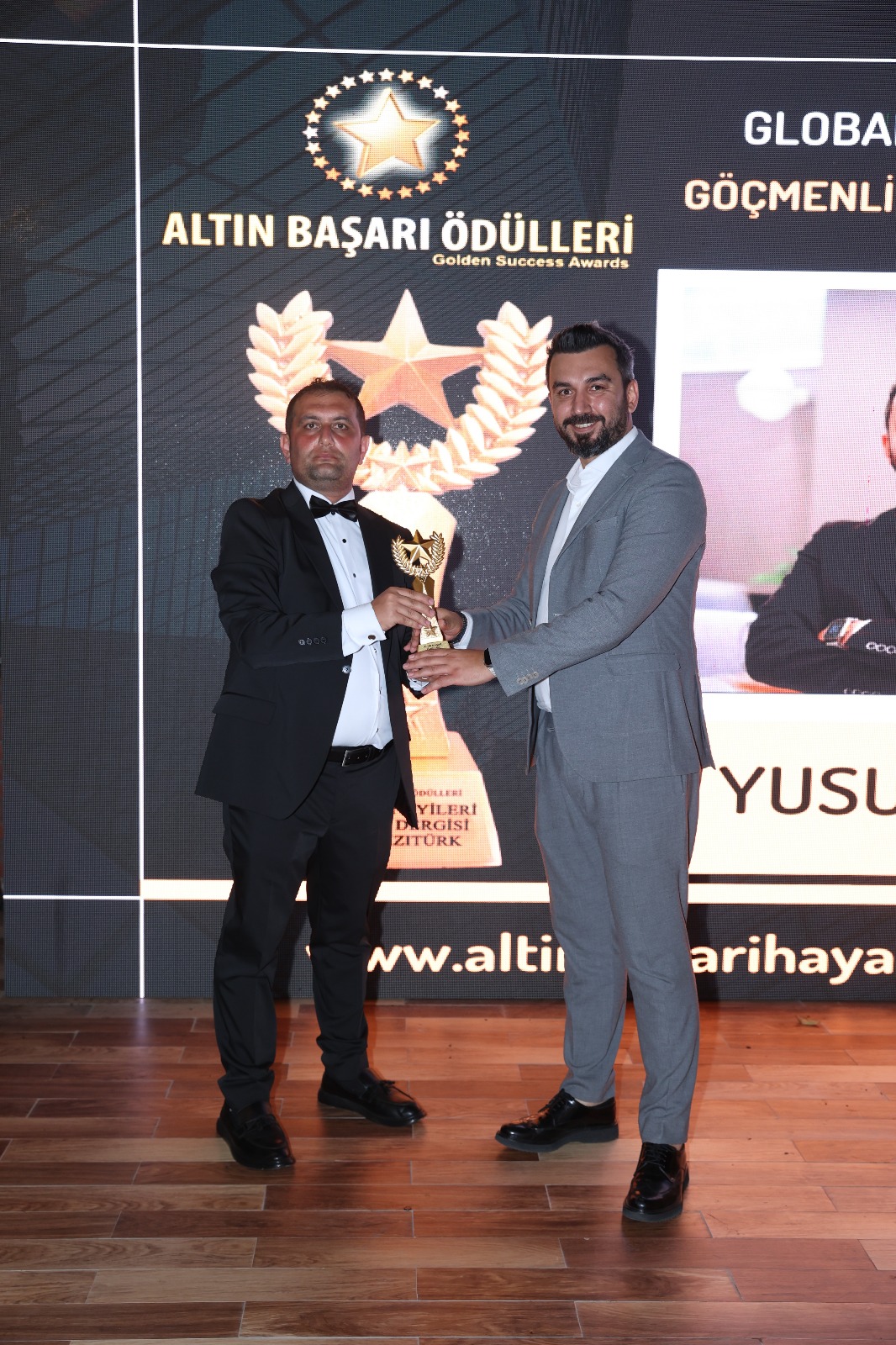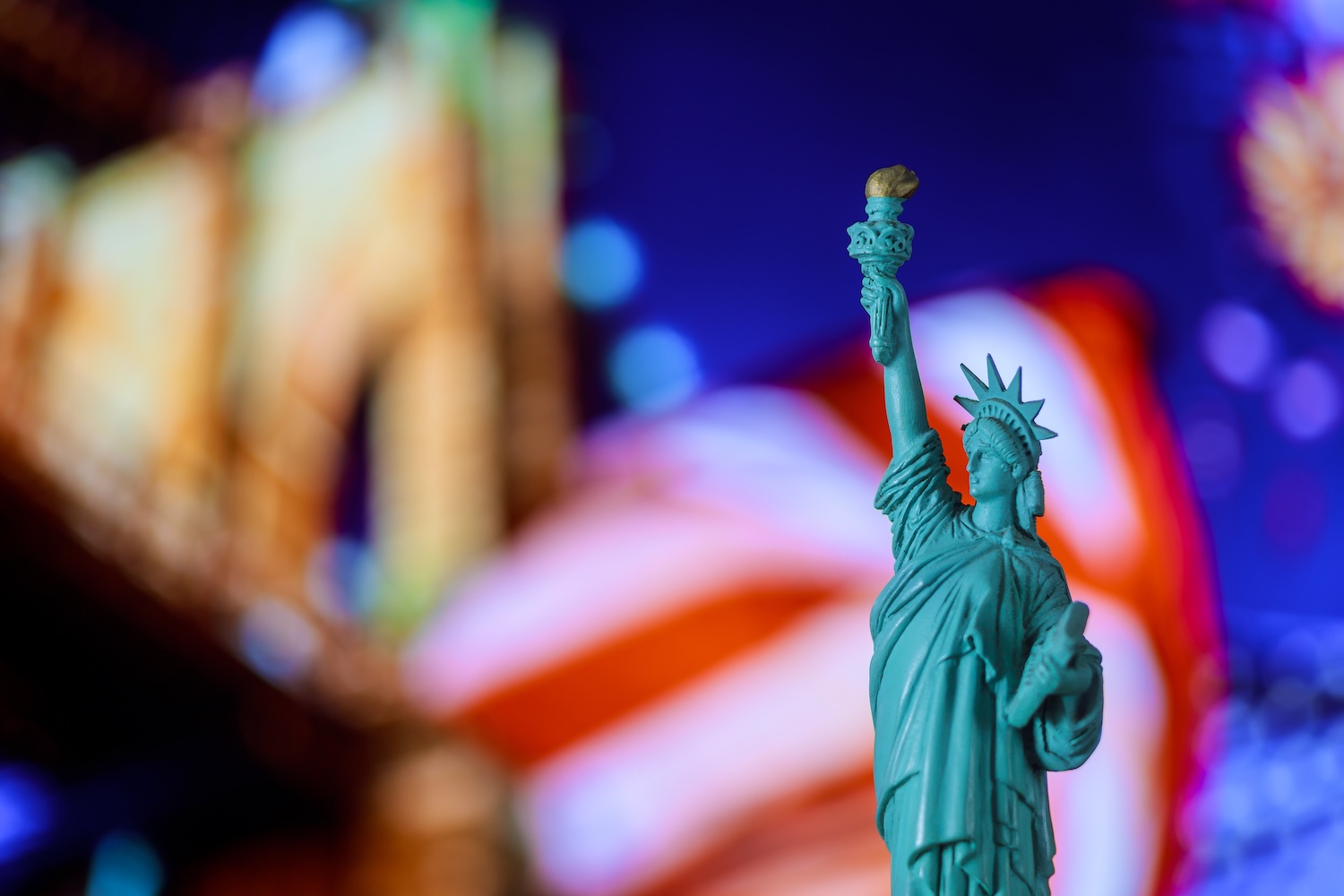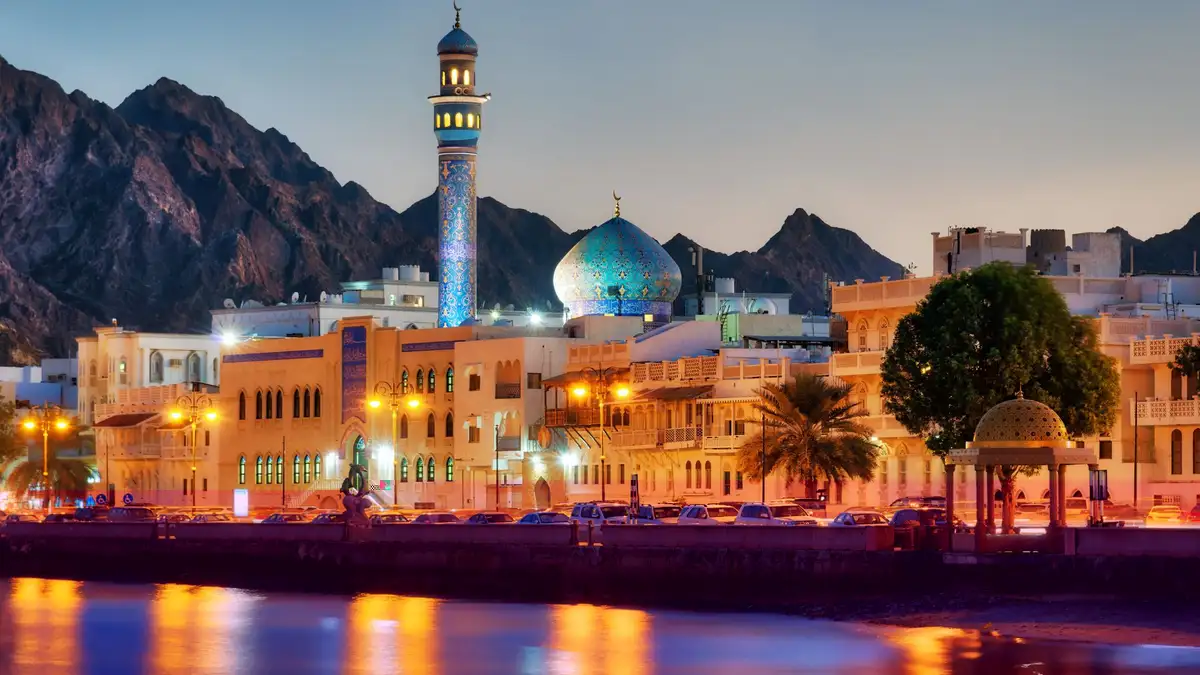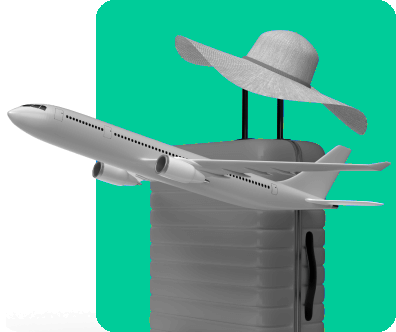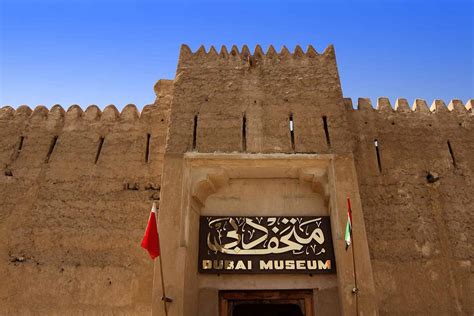
Dive into Dubai’s Cultural Heritage: Museums and Historical Sites
Welcome to Dubai, a city that seamlessly blends tradition, heritage, and modernity. In this blog post, we will take you on a journey through the rich historical background of Dubai and uncover its fascinating evolution. We will explore the array of stunning museums that showcase the city’s cultural heritage and step back in time at its historical sites. Immerse yourself in traditional Emirati culture and get a glimpse of Dubai’s ancient architecture. Lastly, we will witness the legacy left behind by Dubai’s past rulers, who have played a vital role in shaping this extraordinary city. Get ready for an unforgettable exploration of Dubai’s vibrant past!
Discover Dubai’s Rich Historical Background
When it comes to exploring culture and history, Dubai may not be the first destination that comes to mind. However, this bustling metropolis in the United Arab Emirates has a rich and fascinating historical background that is often overlooked by visitors. From its humble beginnings as a small fishing village to its rapid transformation into a global hub of commerce and innovation, Dubai has a story unlike any other. In this blog post, we will delve into the intricate tapestry of Dubai’s past, uncovering the hidden gems and historical landmarks that have shaped the city into what it is today.
Dubai’s history dates back over 4,000 years, with evidence of settlements found in the area as early as the Bronze Age. However, it was not until the 18th century that Dubai began to emerge as a prominent trading port. Situated along the trade routes between Europe, Asia, and Africa, the city quickly became a vital hub for merchants and seafarers. The Al Maktoum dynasty, who still rule Dubai today, played a pivotal role in establishing the city’s commercial prowess.
One of the key turning points in Dubai’s history was the discovery of oil in the 1960s. This newfound resource catapulted the city into a period of rapid growth and development. With the influx of oil revenues, Dubai was able to invest in infrastructure, education, and healthcare, transforming it into a modern cosmopolitan city. Today, the cityscape is adorned with skyscrapers, luxury hotels, and state-of-the-art attractions, but the history of Dubai is still palpable beneath the glittering surface.
To truly appreciate Dubai’s historical background, one must explore its array of museums, historical sites, and traditional neighborhoods. The Dubai Museum, located in the oldest building in the city, offers a comprehensive insight into the city’s past through its exhibits and artifacts. Visitors can wander through recreated souks, learn about pearl diving, and gain a deeper understanding of the Emirati way of life. Another must-visit is the Al Fahidi Historic District, a labyrinth of narrow alleyways, wind towers, and traditional courtyard houses that showcase Dubai’s architectural heritage.
- Al Maktoum dynasty
- 18th century
- trade routes
- oil discovery
- 1960s
- modern cosmopolitan city
- Dubai Museum
- Al Fahidi Historic District
| Historical Period | Key Events |
|---|---|
| Pre-18th century | Small fishing village with Bronze Age settlements. |
| 18th century | Became a prominent trading port along international trade routes. |
| 1960s | Discovery of oil leads to rapid growth and development. |
| Present day | Dubai transforms into a modern cosmopolitan city with rich cultural heritage. |
Uncover the Fascinating Story of Dubai’s Evolution
Dubai, once a small fishing village, has transformed into one of the most vibrant and modern cities in the world. Its evolution from a humble beginning to a global metropolis is nothing short of fascinating. The story of Dubai’s development is a testament to the vision, determination, and innovative spirit of its leaders and the people who call this city home.
One of the key factors that contributed to Dubai’s evolution is its strategic location. Situated on the southeastern coast of the Arabian Peninsula, Dubai has been a trading hub for centuries. Its proximity to the Arabian Gulf made it an ideal location for pearl diving and fishing, which were the main sources of income for the early settlers.
The discovery of oil in the 1960s was a game-changer for Dubai. The revenue generated from oil exports fueled the city’s rapid growth and development. However, the visionary leaders of Dubai knew that relying solely on oil was not sustainable in the long run. They set their sights on diversifying the economy and transforming Dubai into a global business and tourism hub.
Under the leadership of Sheikh Rashid bin Saeed Al Maktoum, Dubai embarked on an ambitious journey of urban development and infrastructure projects. The construction of modern roads, bridges, airports, and seaports turned Dubai into a major transportation hub connecting the East and the West.
In the 1990s, Sheikh Mohammed bin Rashid Al Maktoum took the reins of Dubai and continued the city’s transformation. He introduced a series of ambitious initiatives that further propelled Dubai’s growth, including the development of the iconic Palm Jumeirah and the world-renowned Burj Khalifa, the tallest building in the world.
Today, Dubai is a thriving cosmopolitan city that attracts millions of visitors from around the world. Its impressive skyline, luxury hotels, shopping malls, and entertainment venues are a testament to Dubai’s relentless pursuit of excellence and innovation.
In conclusion, the story of Dubai’s evolution is a captivating tale of visionary leadership, strategic planning, and relentless pursuit of progress. From its humble beginnings as a fishing village to a global metropolis, Dubai has come a long way. Its transformation serves as an inspiration for cities around the world, showcasing what can be achieved with determination and a clear vision for the future.
Explore Dubai’s Array of Stunning Museums
Dubai, with its glitzy skyscrapers and luxurious lifestyle, may not be the first place that comes to mind when you think of museums. However, this vibrant city is home to a diverse and fascinating collection of museums that offer a unique glimpse into its rich cultural heritage. Whether you are an art lover, history enthusiast, or simply curious about the world, Dubai’s array of stunning museums has something for everyone.
One of the must-visit museums in Dubai is the Dubai Museum, located in the historic Al Fahidi Fort. Built in 1787, this fort-turned-museum provides an immersive experience that transports you back in time to the city’s humble beginnings. The museum showcases the traditional way of life in Dubai, with exhibits on pearl diving, desert life, and the importance of trade in shaping the city’s identity. As you explore the museum’s halls and corridors, you’ll be greeted with informative displays, ancient artifacts, and lifelike dioramas that bring the past to life.
If modern art is more your style, the Dubai Opera District is home to the vibrant and contemporary Alserkal Avenue. This cultural hub houses several art galleries, including the renowned Alserkal Avenue Galleries. Here, you can immerse yourself in the world of contemporary art, with exhibitions featuring both local and international artists. From thought-provoking installations to avant-garde sculptures, the galleries at Alserkal Avenue are a testament to Dubai’s growing art scene.
For a truly unique museum experience, head to the Coffee Museum in Dubai’s Al Fahidi District. As you step inside, you’ll be greeted with the aroma of freshly brewed coffee and an extensive collection of coffee artifacts from around the world. From vintage coffee pots to antique grinders, the museum takes you on a journey through the history and culture of coffee. You can even enjoy a cup of traditional Arabic coffee at the museum’s cafe while learning about the different brewing methods and tasting profiles.
In conclusion, Dubai’s array of stunning museums offers a fascinating exploration of the city’s rich culture and history. From the Dubai Museum’s immersive experience to the Alserkal Avenue Galleries’ contemporary art scene and the Coffee Museum’s aromatic journey, there is something for everyone to discover. So, next time you find yourself in this bustling metropolis, make sure to carve out some time to explore these cultural gems that showcase Dubai’s unique heritage.
Step Back in Time at Dubai’s Historical Sites
Dubai, known for its modern skyscrapers and luxurious lifestyle, also has a rich historical background that is often overlooked. Stepping back in time at Dubai’s historical sites allows visitors to explore the city’s deep-rooted culture and heritage. From ancient settlements to beautiful forts and mosques, these sites offer a glimpse into Dubai’s past and the traditions that have shaped it.
One of the must-visit historical sites in Dubai is Al Fahidi Historical Neighbourhood. This charming area showcases traditional Emirati architecture, with narrow lanes and wind towers that were once used to cool houses in the hot desert climate. Walking through the old district, visitors can immerse themselves in the historic atmosphere, interacting with locals and discovering quaint cafes, art galleries, and museums.
Another significant site is the Dubai Museum, located in the iconic Al Fahidi Fort. This fortress, built-in 1787, served as the residence of the ruling family, a seat of government, and a defense fortification. Today, the Dubai Museum showcases the city’s transformation from a small fishing village to a global metropolis. The museum exhibits various artifacts, documents, and multimedia displays, offering a comprehensive overview of Dubai’s history, culture, and traditions.
- The Bastakiya Quarter is yet another historical gem in Dubai. This charming district is renowned for its well-preserved wind-tower houses, representing the traditional Arabian architectural style. Visitors can wander through the narrow lanes, admiring the intricate details of the buildings and discovering hidden cafes, art galleries, and boutique shops.
- Within the Bastakiya Quarter is the Sheikh Mohammed Centre for Cultural Understanding, which aims to promote Emirati culture and enhance cultural understanding among visitors. Here, visitors can participate in guided tours, traditional Emirati meals, and interactive cultural exchanges.
- The Jumeirah Mosque, a stunning architectural masterpiece, is another must-visit historical site in Dubai. Built-in the medieval Fatimid style, this mosque is one of the few in Dubai that welcomes non-Muslim visitors. Guided tours are available to provide insights into Islamic traditions, architecture, and practices.
Stepping back in time at Dubai’s historical sites is a truly enriching experience. From exploring the charming Al Fahidi Historical Neighbourhood to learning about the city’s past at the Dubai Museum, these sites offer a unique perspective on Dubai’s evolution. Whether you are interested in architecture, history, or simply immersing yourself in Emirati culture, Dubai’s historical sites have something for everyone. So, take a break from the modern cityscape and embark on a journey through Dubai’s captivating past.
Immerse Yourself in Traditional Emirati Culture
When visiting Dubai, it is not just about exploring its modern skyscrapers and luxurious shopping malls. Dubai is a city rich in culture and tradition, and one of the best ways to truly experience this is by immersing yourself in Emirati culture. The Emirati culture encompasses various aspects such as arts, music, cuisine, and customs, providing a unique and authentic experience for visitors.
One of the first things to do when immersing yourself in Emirati culture is to try the local cuisine. Emirati cuisine is a blend of flavors influenced by Bedouin, Arab, Iranian, and Indian traditions. Traditional dishes such as Machboos (spiced rice with meat or fish), Harees (a type of porridge), and Luqaimat (sweet dumplings) are must-try delicacies. Many restaurants in Dubai offer traditional Emirati dishes, allowing visitors to savor the rich flavors and culinary heritage of the region.
In addition to food, exploring the local arts and crafts scene is another way to immerse yourself in Emirati culture. Dubai is home to various art galleries and cultural centers that showcase the works of local artists. The Dubai Art Season, held annually, features exhibitions, workshops, and performances, providing a platform for both established and emerging Emirati artists to showcase their talent. Visitors can also explore traditional crafts like Sadu weaving, pottery, and camel leather making, which have deep roots in Emirati culture.
To truly understand Emirati culture, it is important to interact with the locals and participate in their customs. Attending traditional festivals like Eid Al Fitr, Eid Al Adha, and National Day celebrations will give you a glimpse into the vibrant traditions and customs of the Emirati people. The Dubai Heritage Village is another unique experience where visitors can witness traditional Emirati music, dance, and handicraft demonstrations.
When immersing yourself in Emirati culture, it is important to respect and appreciate their customs and traditions. Dubai is a city that embraces diversity, and by immersing yourself in the local culture, you will gain a deeper understanding and appreciation for the heritage that shapes this vibrant city.
Immerse yourself in traditional Emirati culture on your next visit to Dubai, and discover a rich tapestry of customs, flavors, and traditions that make this city truly unique.
Get a Glimpse of Dubai’s Ancient Architecture
Dubai, known for its modern and towering skyscrapers, also offers a glimpse into its ancient architecture. The city’s historical sites and structures showcase the rich heritage and cultural significance of the region. From traditional wind towers to ancient forts, Dubai’s ancient architecture is a testament to its vibrant history.
One of the notable examples of Dubai’s ancient architecture is the Al Fahidi Historic District, also known as Bastakiya. This well-preserved neighborhood dates back to the early 1900s and provides visitors with a captivating glimpse into the city’s past. The traditional Arabian mud-brick houses, narrow alleyways, and iconic wind towers transport you to a bygone era.
Another remarkable structure is the Jumeirah Mosque, an exquisite example of Islamic architecture. This stunning mosque, with its intricate white façade and elegant minarets, is not only a place of worship but also welcomes visitors to learn about Islam and the Emirati culture. Guided tours are available for those interested in understanding the mosque’s significance and architectural details.
- The Dubai Museum: Housed in the Al Fahidi Fort, the oldest building in Dubai, the museum offers a unique chance to explore the city’s history and traditional way of life. The exhibits include displays of ancient Arabian artifacts, archaeological findings, and interactive displays that immerse visitors in Dubai’s past.
- The Souks of Dubai: The traditional markets of Dubai, known as souks, not only offer a vibrant shopping experience but also showcase the architectural style of the region. The narrow alleys, old merchant houses, and vibrant storefronts exude a distinct charm that reflects Dubai’s ancient architecture.
In addition to these structures, Dubai is also home to several stunning Mosques that are architectural marvels. The Grand Mosque and the Sheikh Zayed Mosque are among the most prominent mosques in the city, known for their intricate designs, grand domes, and beautiful calligraphy adorning the walls.
| Ancient Architecture in Dubai | Key Features |
|---|---|
| Al Fahidi Historic District | Traditional wind towers, mud-brick houses |
| Jumeirah Mosque | Islamic architecture, intricate white façade |
| The Dubai Museum | Located in Al Fahidi Fort, showcases history and artifacts |
| The Souks of Dubai | Traditional markets with unique architectural style |
| Mosques | The Grand Mosque and Sheikh Zayed Mosque |
Exploring Dubai’s ancient architecture is not only an opportunity to witness the beauty of the past but also to appreciate the rich cultural heritage of the city. Whether it’s strolling through the narrow lanes of Al Fahidi Historic District or marveling at the intricate designs of the Jumeirah Mosque, each structure tells a story of Dubai’s evolution over the centuries. So, while enjoying the modern wonders of this global city, don’t forget to take a moment to experience the charm and grandeur of Dubai’s ancient architecture.
Witness the Legacy of Dubai’s Past Rulers
Dubai, known as the glittering metropolis in the United Arab Emirates, boasts a rich cultural heritage that is deeply rooted in the legacy of its past rulers. From the humble beginnings of a small fishing village to the iconic global city it is today, Dubai has been shaped by the vision and leadership of its rulers throughout history.
In the early 19th century, the Al Maktoum dynasty came to power in Dubai. The **Al Maktoum** family played a pivotal role in transforming the landscape and fortunes of the city. Their vision and commitment to progress laid the foundation for Dubai’s rise as a global hub of trade, commerce, and tourism. Under the leadership of the Al Maktoum rulers, Dubai witnessed unprecedented growth and development.
One of the most influential rulers in Dubai’s history is **Sheikh Rashid bin Saeed Al Maktoum**. Serving as the Vice President and Prime Minister of the United Arab Emirates, as well as the Ruler of Dubai from 1958 to 1990, Sheikh Rashid had an indelible impact on shaping the modern city we see today. His relentless pursuit of progress and investment in infrastructure projects transformed Dubai into a thriving cosmopolitan center.
- Infrastructure development: Sheikh Rashid was instrumental in developing Dubai’s infrastructure. He oversaw the construction of Port Rashid, which played a crucial role in transforming Dubai into a major trading port. Additionally, he spearheaded the development of Dubai International Airport, transforming it into a global aviation hub.
- Landmark projects: Under Sheikh Rashid’s leadership, iconic landmarks such as the Dubai World Trade Centre and the Dubai Creek Tower (currently under construction) were conceptualized and brought to life. These architectural marvels not only showcase Dubai’s ambition but also serve as symbols of its rich heritage.
- Economic diversification: Sheikh Rashid recognized the importance of diversifying Dubai’s economy. He promoted industries beyond the traditional sectors of fishing and pearl diving, leading to the growth of sectors such as finance, real estate, and tourism. His visionary approach laid the groundwork for Dubai’s economic prosperity.
Another notable ruler in Dubai’s history is **Sheikh Mohammed bin Rashid Al Maktoum**. Currently serving as the Vice President and Prime Minister of the United Arab Emirates, as well as the Ruler of Dubai, Sheikh Mohammed has continued the legacy of his father, Sheikh Rashid, and played a pivotal role in shaping the city.
| Development Initiatives | Impact |
|---|---|
| Dubai Internet City | Established a thriving tech and innovation hub, attracting multinational companies and fostering technological advancements. |
| Dubai Metro | Revolutionized public transportation in Dubai, providing a convenient and efficient mode of travel for residents and tourists. |
| Burj Khalifa | As the tallest building in the world, the Burj Khalifa stands as a testament to Dubai’s ambition and showcases its architectural prowess. |
Sheikh Mohammed’s vision for Dubai is founded on the principles of innovation, sustainability, and creating an inclusive society. His commitment to transforming Dubai into a global city of the future has resulted in numerous initiatives aimed at enhancing the quality of life for residents and ensuring economic prosperity.
Witnessing the legacy of Dubai’s past rulers is an opportunity to understand the journey that has led to the city’s remarkable success. From the visionary leadership of Sheikh Rashid to the continued innovation under Sheikh Mohammed, Dubai’s past rulers have left an indelible mark on the city’s history and its future trajectory.
Frequently Asked Questions
What is the historical background of Dubai?
Dubai has a rich historical background that dates back thousands of years. It was originally a small fishing village and later became an important trading port in the Persian Gulf.
How has Dubai evolved over the years?
Dubai has undergone a remarkable transformation from a small fishing village to a global city and business hub. It has experienced rapid urban development, modernization, and economic growth.
What are some of the stunning museums in Dubai?
Dubai is home to a wide range of stunning museums that offer a glimpse into its rich history and culture. Some of the notable ones include the Dubai Museum, Etihad Museum, and the Coffee Museum.
What historical sites can be visited in Dubai?
Dubai has preserved several historical sites that offer a glimpse into its past. Some of them include Al Fahidi Historic District, Bastakiya Quarter, and the Dubai Heritage Village.
How can one immerse themselves in traditional Emirati culture in Dubai?
Visitors can immerse themselves in traditional Emirati culture by participating in cultural activities, visiting traditional souks (markets), trying local cuisine, and attending cultural festivals.
What can one expect to see in Dubai’s ancient architecture?
Dubai’s ancient architecture showcases a blend of traditional Arabian design and modern architectural elements. Visitors can expect to see intricate designs, decorative motifs, and use of natural materials like coral and gypsum.
What is the legacy of Dubai’s past rulers?
Dubai’s past rulers have played a significant role in shaping the city’s development and growth. Their legacy includes the establishment of key infrastructure, promotion of trade and business, and the preservation of heritage sites.


